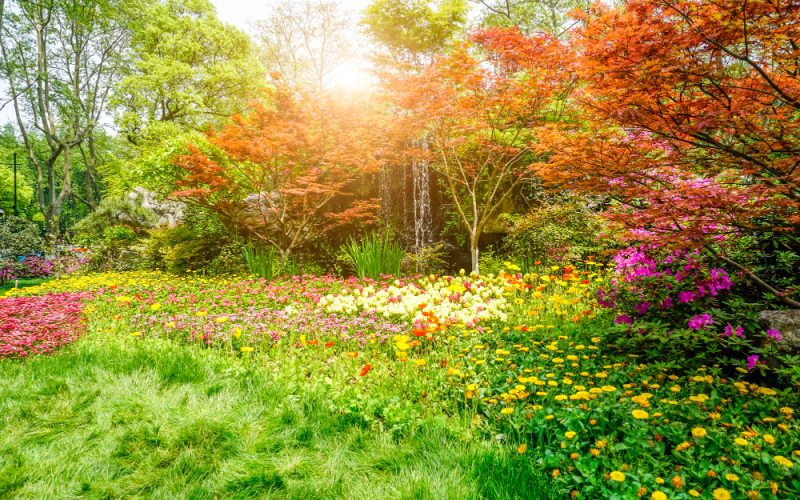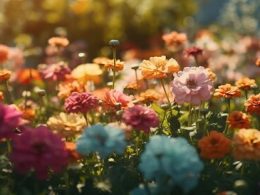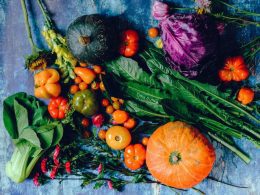Introduction
Flowers are often associated with beauty, love, and tranquility. Their vibrant colors and delicate fragrances have captivated humans for centuries. However, not all flowers are as innocent as they appear. Some of the most beautiful blooms on Earth harbor a dark secret: they are deadly. In this article, we will explore the world’s most poisonous flowers, uncovering the hidden dangers that lurk beneath their stunning exteriors.
1. Lily of the Valley (Convallaria majalis)
Despite its sweet scent and delicate appearance, the Lily of the Valley is a highly toxic plant. All parts of this flower contain cardiac glycosides, which can cause symptoms such as nausea, vomiting, and irregular heartbeat if ingested. In severe cases, ingestion can even lead to death [1].
2. Oleander (Nerium oleander)
Oleander is a beautiful flowering shrub with pink, red, or white blossoms. However, every part of this plant is packed with poison. Like the Lily of the Valley, Oleander contains toxic cardiac glycosides, which can cause severe symptoms and even death if ingested [2].
3. Monkshood (Aconitum spp.)
Also known as wolf’s bane, leopard’s bane, and devil’s helmet, Monkshood is a genus of plants with tall, violet-blue flowers. Almost all members of this genus are highly poisonous, containing aconitine, a potent neurotoxin that can cause paralysis and death if ingested [3].
4. Hemlock Water-Dropwort (Oenanthe crocata)
Sometimes called ‘dead man’s fingers,’ Hemlock Water-Dropwort is a member of the carrot family. Despite its pleasant taste, this plant is extremely toxic and should never be consumed. Ingestion can lead to symptoms such as convulsions, respiratory failure, and death [4].
5. Castor Oil Plant (Ricinus communis)
The seeds of the Castor Oil Plant contain ricin, one of the most potent and deadly toxins known to humans. Ingesting even a small amount of ricin can cause severe symptoms, including abdominal pain, vomiting, and organ failure, ultimately leading to death [5].
6. Foxglove (Digitalis purpurea)
Foxglove is a striking plant with tall spikes of tubular, purple flowers. However, all parts of this plant are toxic, containing compounds called digitalis glycosides. Ingestion can lead to symptoms such as dizziness, vomiting, and irregular heartbeat, and can be fatal in severe cases [6].
7. Autumn Crocus (Colchicum autumnale)
The Autumn Crocus, also known as meadow saffron, is a beautiful but deadly flower. It contains colchicine, a toxic alkaloid that can cause severe gastrointestinal symptoms, organ failure, and death if ingested [7].
Conclusion
While flowers are often admired for their beauty and fragrance, it is essential to remember that some of the most stunning blooms on Earth can also be the most dangerous. By learning about the deadly flowers that share our world, we can better appreciate the complex and sometimes dark side of nature’s beauty.












